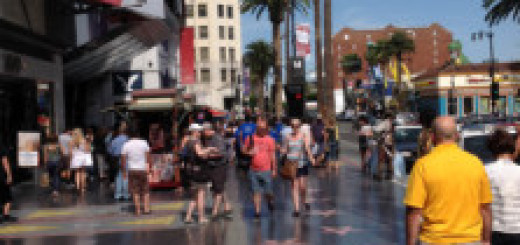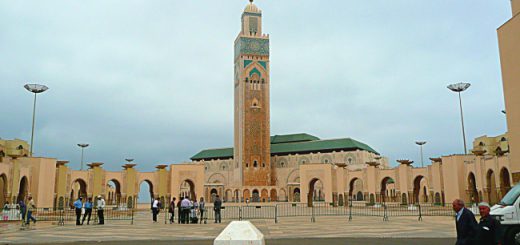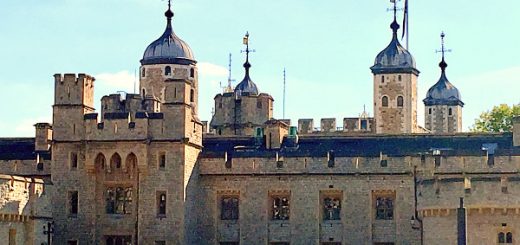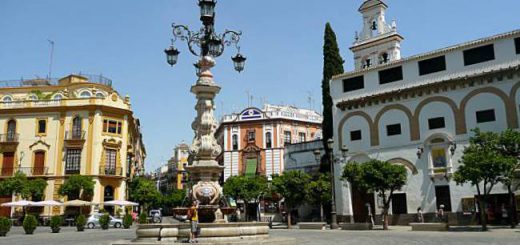Nuremberg, a city with a checkered past.
As a child growing up in Australia, post WWII, I was already familiar with the name of this city. It was linked inexorably with the evils of Nazism. This was the city of Hitler’s feverish rallies and also the place where the Nazi War Criminals were held to account. At school I learned it had been the place where the laws designed to degrade and persecute the Jews were conceived and promulgated. So I was not really sure how my visit there might affect me.

To my surprise, I found this was a beautiful city, brimming with character, cultural achievements and magnificent medieval buildings. Although the Allied bombings reduced 75% of the Old City to rubble, major post-war reconstruction programs restored much of it to its former glory. The Kaiserburg (Imperial Castle), atop a rocky outcrop, was one of the most important fortresses of Germany and from 1050 to 1571, all Holy Roman Emperors resided – for some period – in the Imperial Castle.

A wander around the Old Town, within the medieval fortifications, revealed a city split into two parishes – Sebald and Lorenz – by the river Pegnitz. Wide pedestrian streets cross the river in several places, giving views onto picture-postcard sights such as the former Hospital of the Holy Spirit.


These days Nuremberg is famous for its Christmas markets, but the Hauptmarkt in the square in front of the Frauenkirche is a bustling place throughout the year. Elsewhere, wide pedestrian streets such as Kaiserstrasse and Karolinenstrasse provide opportunities for shopping luxury fashion labels, expensive jewellery and exclusive interior designs, while narrow winding lanes such as Breite Gasse attract shoppers to trendy fashion labels and more eccentric items.
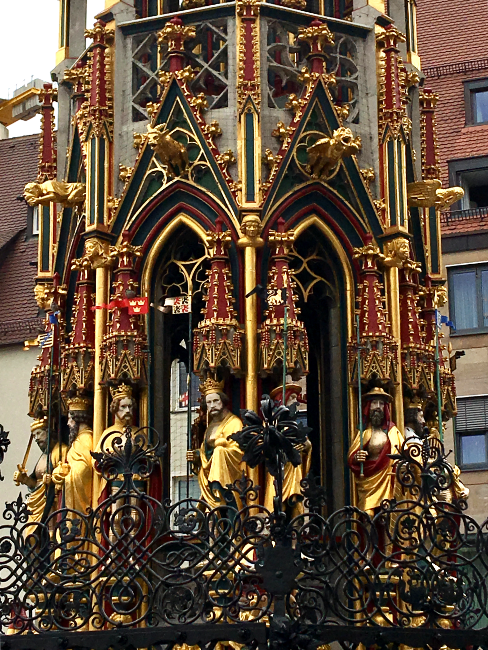
Also in the market square is the wonderfully ornate 14th century Schönen Brunnen (Beautiful Fountain) in the form of a Gothic spire, 19 metres high. The 40 figures depicted include, amongst others, the four Evangelists, the Prince-Electors, Moses and seven prophets, all representing the contemporary view of the Holy Roman Empire.
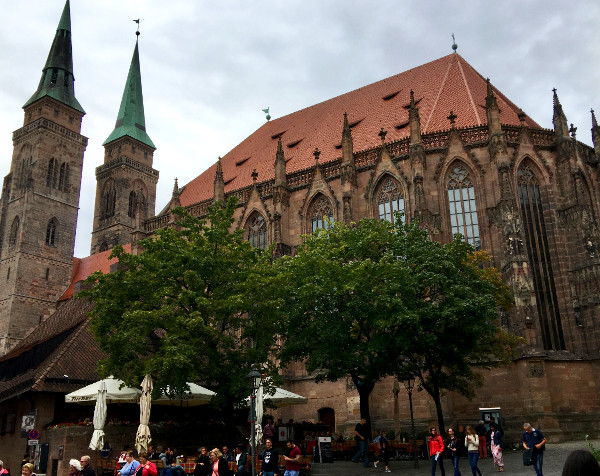
Nuremberg’s other awe-inspiring churches, apart from the Frauenkirche, are the imposingly huge St Sebald (above) and the church of St Lorenz.

The city’s chief cultural claim to fame is as the birthplace of the famous Renaissance artist and printmaker, Albrecht Dürer. Nuremberg was a thriving artistic and commercial centre during the 15th and 16th Centuries. Dürer’s house is now a museum, whose exhibitions present items from the city’s art collections, as well as valuable copies of Dürer’s paintings. Historical printing techniques are also demonstrated.
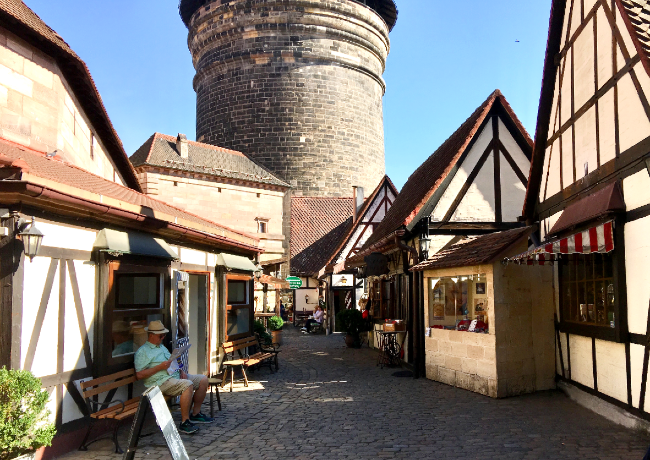
Created in 1971 to celebrate 500th anniversary of Albrecht Dürer’s birthday, and still remaining due to its popularity, the Craftmen’s Courtyard was a former defensive courtyard embedded in the last Nuremberg city wall. The medieval feel of the narrow lanes, shops and half-timbered huts makes this little village within the city a special attraction. Here you will find handmade dolls, tin toys, wooden toys, beautiful jewellery or arts and crafts, or enjoy Franconian wine, bratwurst on pewter plates, fresh beer, specialty chocolates and genuine Nuremberg gingerbread. At the end of the lane the Frauentor Tower, one of four 16th Century towers in the city, can be seen.

However lovely today’s Nuremberg is, we felt it was very important to visit the Documentation Centre where the origin and evils of Nazism are chronicled as a lesson for future generations. This interpretative centre which displays a permanent exhibition comprising state-of-the-art media, photos and documents, is fittingly situated within the remains of Hitler’s unfinished Congress Hall. It also provides educational programs, guided tours and discussions.
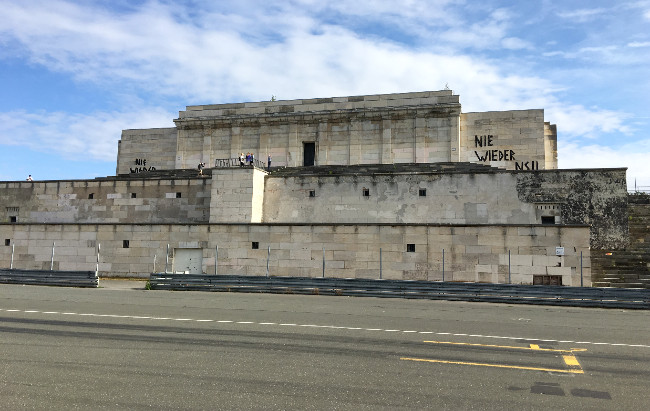
Hitler’s Nazi Party Rallies were held in Nuremberg from 1933 until 1938. As well as the Congress Hall, vestiges of the monumental buildings and rally grounds which encompassed eleven square kilometers (4.25 square miles) still remain. It was an eerie feeling to stand in the podium area of the grandstand at the Zeppelinfeld where Hitler had delivered his impassioned speeches. Interestingly, only months before our visit activists had painted the graffiti ” Never Again War” and “Never Again NSU” in response to recent neo-nazi terrorism. Sadly, it seems, the lessons of the past have gone unheeded in some quarters.
The low water levels of the Danube to the south-east prevented us, temporarily, from continuing our river cruise as planned, but it gave us the opportunity to really explore Nuremberg since we were accommodated in a hotel there for two nights, shuttling between there and the delightful town of Regensburg further along the river that we would otherwise have missed.
